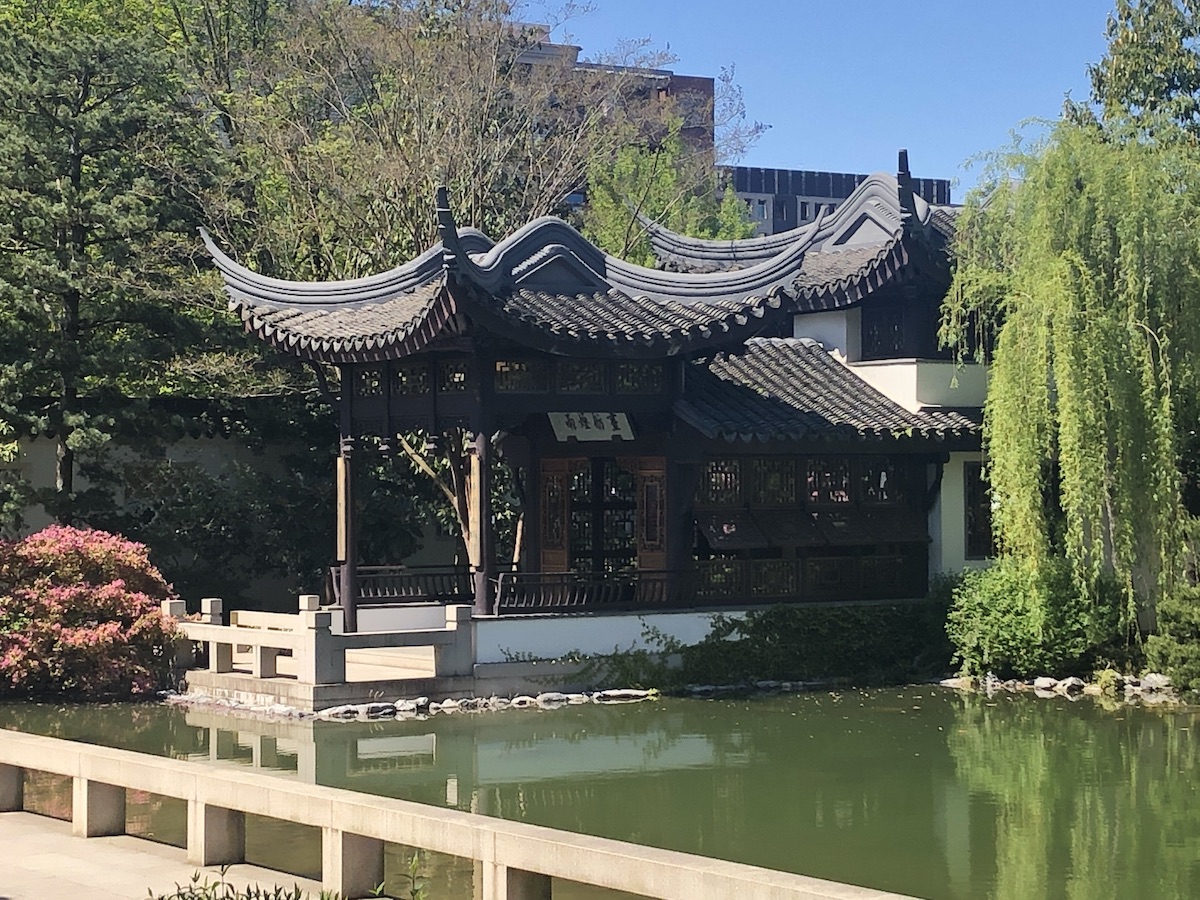Whether it is to spruce up your dorm or give some extra flavor to your cooking, indoor gardening can become an effortless, fruitful experience to anyone willing to place a pot on their windowsill. Many fear the purchase of a plant ensures its imminent death; however, with a little patience, even the least plant-savvy person can grow a green thumb. No yard? No problem! This guide is here to help you bring life into your apartment and keep your plant babies happy.
Placement is Key
The most important part of indoor gardening for any beginner plant parent is location. Plants need sunlight, but depending on the direction of your windows, direct sunlight can burn the leaves of a plant. Think of your window like a magnifying glass; if the glass is too close, the sunbeams will burn right through the leaves. At the same time, placing plants too far away from sunlight can prevent the plant from gathering the nutrients it needs to survive. So what’s the sweet spot? It depends on the plant, but in general, placing a pot on top of a stool or desk sitting in front of a window is a great middle ground for plants to photosynthesize without too much heat from the sun radiating on them. If a plant calls for indirect sunlight, it’s a good idea to place it further away from the window, or to put down the window shades in the area.
Learning to Listen
Plants are living creatures, and they can communicate their needs just like any other living creature! It can get confusing to figure out how much sunlight a plant needs, or how much water it needs, but plants themselves will give very clear indications on what is too much or too little.
First and foremost, check the soil. The only plants that like to be completely dry before watering are succulents such as Aloe vera. Most plants enjoy a consistent level of moisture in their own soil. You can check soil moisture by placing your finger about an inch inside the soil. If the dirt sticks to your finger and is slightly squishy instead of crumbly, it likely has enough water. Most people believe that plant death is a result of under-watering; however, over-watering causes more houseplants to wither because of what’s known as root rot, which attacks a plant’s roots and can kill it altogether. Soil should never be completely soggy; if you’re watering a plant every day and notice it withering or yellowing, it likely has too much water in its pot. On the other hand, a plant will wither and sag if it isn’t getting enough water. Do not overload the plant with water every day afterwards. Instead, wait a day or two—if it begins to raise itself up again, give it another drink. Most indoor plants cannot handle watering more frequently than every three days or so.
Sunlight is much easier to handle for most plants. Over time, it is actually possible to watch plant leaves grow and bloom in the direction of the window. If a plant is reaching out toward the window, then it might be time to scoot the plant closer to its light source. On the contrary, dried and faded leaves combined with dry soil are usually the biggest indications that a plant is receiving too much sun. Set it back, give it some space and water it carefully so that it can recover.
Gathering the right equipment
There are a plethora of options out there for pots, dirt and growing equipment, so what’s the right choice? The golden rule for collecting the right pot is always drainage. Never place any plant in a container without drainage holes. A mason jar pot may look cute, but the water needs to leave the soil to prevent root rot. Plastic pots retain more water, but are more cost-efficient than terracotta or ceramic pots. Terracotta is more porous, which lets more water evaporate faster from the container, making it a great option for succulents and orchids.
In general, all-purpose potting mixes do wonders for most houseplants and herbs. The exceptions are succulents and orchids, which require their own soils. Succulents require extra drainage to mimic arid environments, whereas orchids require tree bark to mimic their natural habitats.
If you find yourself concerned whether or not your living space produces enough sunlight, you can find full-spectrum glow lights in most hardware stores. Plants require specific electromagnetic waves in order for them to promote active and healthy growth. Grow lights differ from normal household lights in their ability to produce waves that mimic sunlight. Hardware stores often have ample gardening sections, which provide a wide array of plants, pots, dirts and lights to choose from. I suggest purchasing a timer along with the grow light to mimic daylight for the plants, as too much artificial light can still cause the plants to burn.
If you have enough space to section off an area inside or a coat closet you aren’t using, you can also contemplate constructing your own grow tent. A grow tent is simply a tall tent with reflective walls that has airtight ventilation and is waterproof and lightproof. A lot of grow tents are advertised for up to $400, but you can build the same structure for a fourth of the price; all you need is some PVC, grow lights, a fan and some Panda film, all of which you can buy online. There are many YouTube videos that have step-by-step instructions for building a grow tent from scratch, oftentimes for well under $100. These can get pretty big, so they’re only recommended for those who have the space and ceiling height.
What is a good first plant?
The best plants for newcomers are pothos plants and spider plants. Pothos plants are tropical, and their natural habitat includes periods of drought mixed with periods of intense rainfall. These are the perfect plants to get accustomed to caring for, as they require low light and generally enjoy being watered intensely once every couple weeks or with sporadic watering. They’re a vine plant as well, so they’re perfect for placing in a high area, such as atop a bookshelf or cabinet.
Spider plants also enjoy direct sunlight, and they can survive for extensive periods of time without water. They are extremely hard to kill, even amongst the most neglectful. These two plants can easily be watered at the end of a school week or weekend, and won’t immediately wither if one’s attention has been placed elsewhere through a midterm or final assignment.
Herbs indoors
Many herbs can thrive inside an indoor environment—even in a kitchen—so long as there’s a window. Oregano is an easy-to-care-for, delicious herb that has the versatility to fit in many dishes. Basil is another great addition to any kitchen; however, basil plants require more water than most other houseplants, so expect to water them about every other day. Don’t forget to snip off any flowering buds, also known as bolting. Basil plants are annuals, so they will expend all of their energy into flowering after about a year of care or consistent high heat. Cutting flowering buds will prevent the leaves from becoming bitter and allow the plant to continue leaf growth. Perennials are often great additions to an indoor herb garden, as they will produce yields all year long. Green onions, chives and watercress are perfect examples of perennial vegetables to grow indoors, because they retain yearly yields but do not grow so large that they have to compete for sunlight.
No matter what your experience is with plant care, there are opportunities for everyone to be able to start and succeed in growing their own indoor garden. Not having a backyard shouldn’t hold you back from growing fresh ingredients for that next Italian dish. Buying local plants from nurseries is also a great way to support local businesses and help communities through the pandemic. And, besides, having a new green friend to study alongside you is a great addition to any household.





